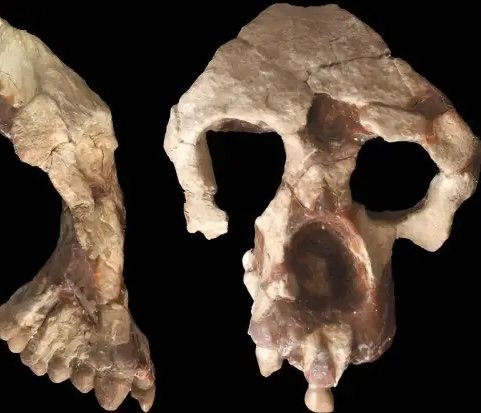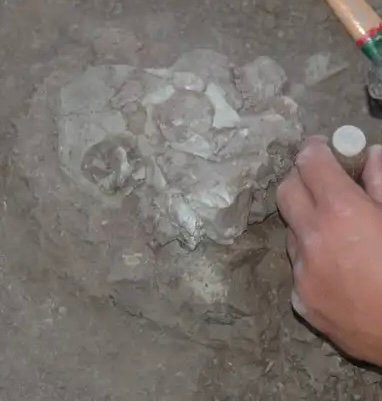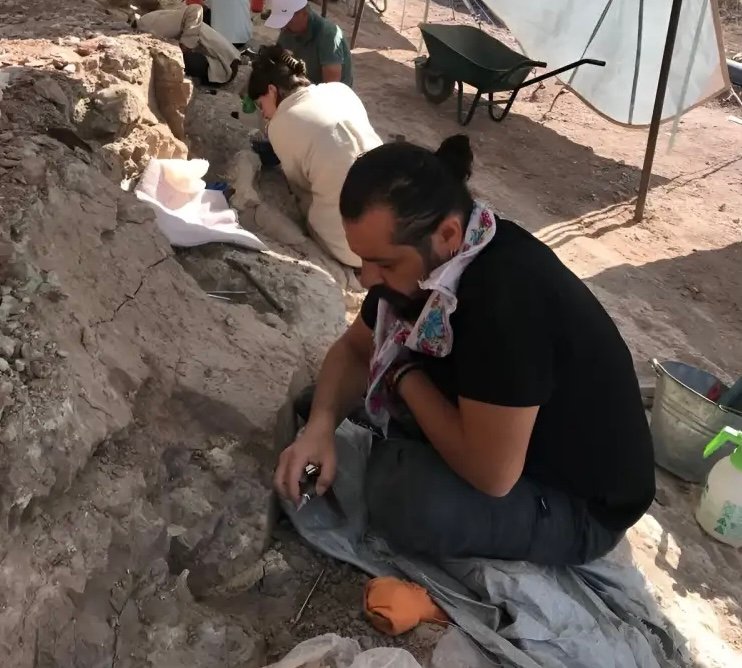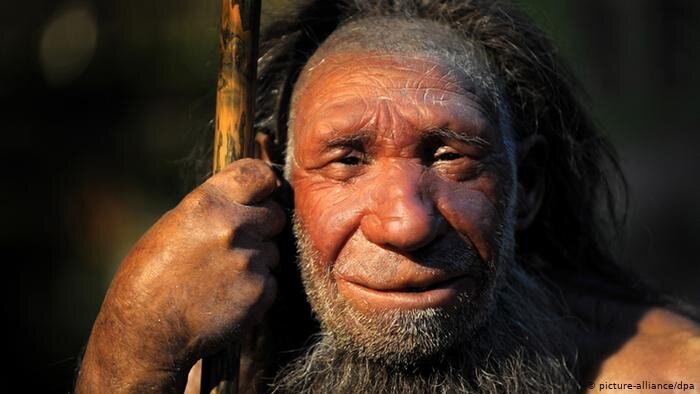New Fossil Ape Challenges Human Origins: Türkiye’s Anadoluvius turkae
The study of human origins has always been a fascinating area of research, providing crucial insights into our evolutionary history. Recently, a groundbreaking discovery has made headlines in the scientific community. The fossilized remains of a new ape species, Anadoluvius turkae, have been unearthed in Türkiye (Turkey), offering valuable information about human evolution. This article delves into the significance of Anadoluvius turkae for our understanding of human origins, its characteristics and anatomy, its evolutionary implications, and the methods and findings used to study this remarkable fossil ape.

The Discovery of Anadoluvius turkae
The discovery of Anadoluvius turkae is a result of extensive excavations carried out in Türkiye’s Anatolian region. Paleontologists stumbled upon this extraordinary find while exploring a site that had yielded several other significant fossils in the past. The fossil remains, including a partial skull, limb bones, and teeth, were skillfully extracted and meticulously analyzed to shed light on the identity and significance of this new fossil ape.
Anadoluvius turkae: A New Fossil Ape
Anadoluvius turkae is an exciting addition to the fossil record. Belonging to the ape family, this species provides a glimpse into the diversity of our primate ancestors. Its discovery challenges the existing understanding of human origins and opens up new possibilities for further research. The distinct features of Anadoluvius turkae differentiate it from other known ape species, making it a unique find in the field of paleoanthropology.
Significance of Anadoluvius turkae for Human Origins
The significance of Anadoluvius turkae cannot be overstated. This new fossil ape offers valuable insights into the evolutionary journey of primates, including our own ancestors. By studying Anadoluvius turkae, scientists can gain a better understanding of the complex web of relationships between different primate species and their place in the evolutionary tree. This discovery challenges previously held beliefs and prompts researchers to reconsider existing theories about human origins.
Characteristics and Anatomy of Anadoluvius turkae
Anadoluvius turkae possesses a unique set of characteristics and anatomical features that distinguish it from other known ape species. The partial skull shows a combination of primitive and advanced traits, indicating an evolutionary stage different from any previously identified apes. The limb bones reveal a mixture of adaptations for both climbing and walking, suggesting a transitional form between ancient apes and early humans.

Anadoluvius turkae: Evolutionary Implications
The discovery of Anadoluvius turkae has important evolutionary implications. Its presence in Türkiye challenges the prevailing notion that Africa was the sole cradle of humanity. The existence of this fossil ape suggests that the evolutionary history of primates may have been more complex and widespread than initially thought. Anadoluvius turkae may represent a branch of the primate family tree that eventually led to the emergence of modern humans.
Anadoluvius turkae: Filling Gaps in the Fossil Record
One of the key contributions of Anadoluvius turkae lies in its ability to fill gaps in the fossil record. Prior to its discovery, there were significant knowledge gaps in our understanding of primate evolution during a crucial period. Anadoluvius turkae bridges this gap and provides valuable information about an important phase in the evolution of apes and humans, allowing scientists to paint a more complete picture of our ancient ancestry.

Studying Anadoluvius turkae: Methods and Findings
Paleontologists utilized a range of scientific methods to study the fossil remains of Anadoluvius turkae. Through advanced imaging techniques, researchers were able to create detailed 3D models of the fossilized skull and bones, aiding in the analysis of their structure and morphology. Comparative studies with other known ape species were conducted to draw parallels and identify unique characteristics. These findings were then combined with geological and chronological data to determine the age and evolutionary context of Anadoluvius turkae.
Conclusion: Anadoluvius turkae’s Impact on Human Evolution
The discovery and study of Anadoluvius turkae have significantly impacted our understanding of human evolution. This new fossil ape challenges existing theories about human origins, suggesting a more complex evolutionary history than previously known. Its unique set of characteristics and anatomical features provide vital clues about the transition between ancient apes and early humans. Anadoluvius turkae fills crucial gaps in the fossil record, offering a clearer picture of our primate ancestors. Further research and analysis of this remarkable find will undoubtedly shape our knowledge of human evolution for years to come.
As scientists continue to explore the depths of our evolutionary past, the discovery of Anadoluvius turkae serves as a reminder of the wonders that await us beneath the Earth’s surface. Through meticulous excavation and analysis, we uncover fragments of our ancient history, challenging our preconceived notions and expanding our understanding of what it means to be human. Anadoluvius turkae stands as a symbol of our relentless pursuit of knowledge, driving us to seek answers about our origins and our place in the natural world.

